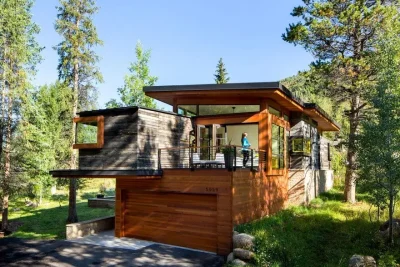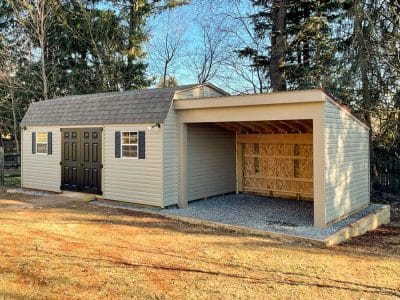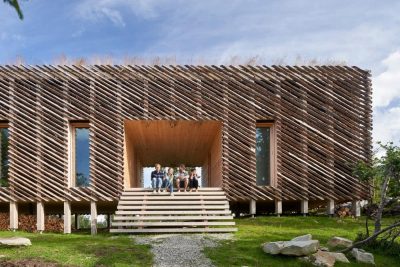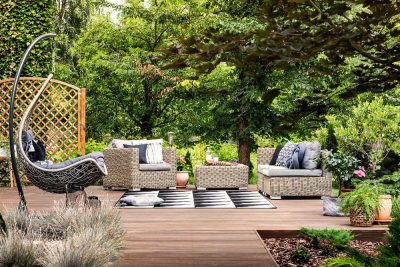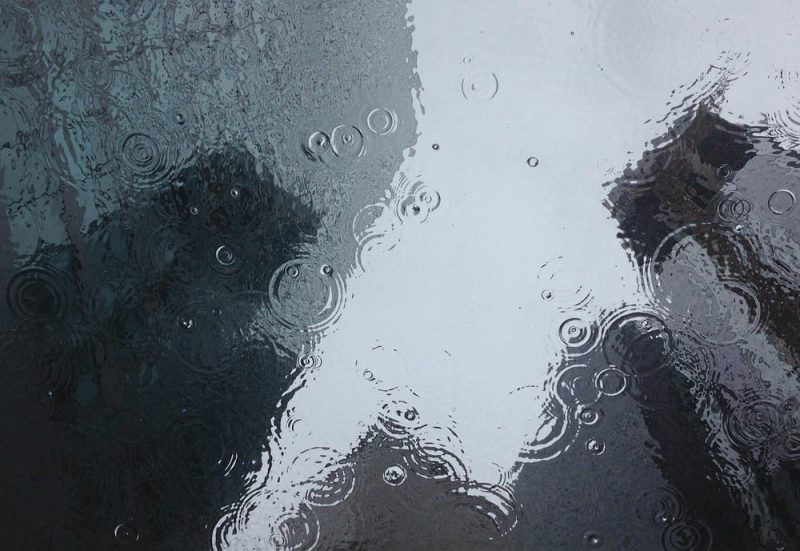
Directing water from paved areas into a planted basin is practical and earth friendly. Instead of letting puddles form or letting dirty flow rush into street inlets, this method puts that resource to work. A small, shallow bowl filled with suited greenery can also turn an unused corner into a clean looking feature. This further cuts wear on the site and lifts the look of the yard.
Planning the Location of Your Rain Garden
Picking the best spot starts with watching how surface water moves after a storm. Low hollows that already collect flow are promising, but do not place the basin near footings or any onsite wastewater field. The ground should clear within one or two days. Water that lingers invites insects and can harm roots.
Mapping also helps take into account whether new features fit the rest of the yard. Place bowls where the stream can be caught before it reaches walks, the drive, or curb inlets. A natural collection point blends into the larger layout, ensuring the addition does its job well and looks like it belongs.
Choosing the Right Plants for Effective Drainage
What you grow inside the basin makes the system work. Local flora handle heat, cold, and storm bursts better than many imports. Deep anchoring grasses and sturdy bloomers push channels into the ground that let water sink fast and hold the soil in place.
Looks still matter. Pick options that bloom at different times so there is vibrancy and food for pollinators across the year. Place moisture loving choices near the middle and keep tougher picks along the rim. This arrangement keeps the bed attractive while it handles inflow with ease.
Designing for Practical Appeal
Shape influences both performance and style. Soft arcs and flowing lines feel natural and help guide flow toward the center. Simple borders hold mulch and media in place and give a crisp edge. A small sitting nook nearby can turn this working element into a quiet spot to enjoy right after a rain.
Keep the bowl shallow with gentle grades that lead water inward. Avoid abrupt sides that can scour and wear away. When the plan balances look and function, the result is a reliable catchment that also serves as a subtle focal point.
Preparing the Soil for Water Absorption
Ground conditions decide how fast moisture moves downward. Many yards have dense, tight subsoil that resists intake. Mixing in compost and a bit of coarse material improves tilth and opens pathways for flow. A quick field check or consulting a Landscape Design & Build Guide can help understand fertility and soak rate.
In addition, a fresh blanket of organic cover can help hold dampness during dry spells and block weeds. As that cover breaks down, it feeds the root zone and keeps the intake cycle strong. Good ground work at the start easily pays off for years.
Endnote
A planted basin for storm flow is more than a fix for puddles. It blends utility, care for nature, and good looks in one outdoor addition. A steady bed also invites wildlife, supports local ecology, and offers daily joy. This actively proves that mindful yard work can be both helpful and uplifting.

